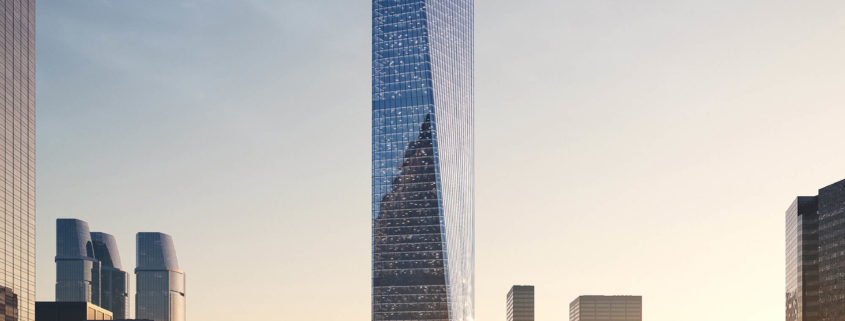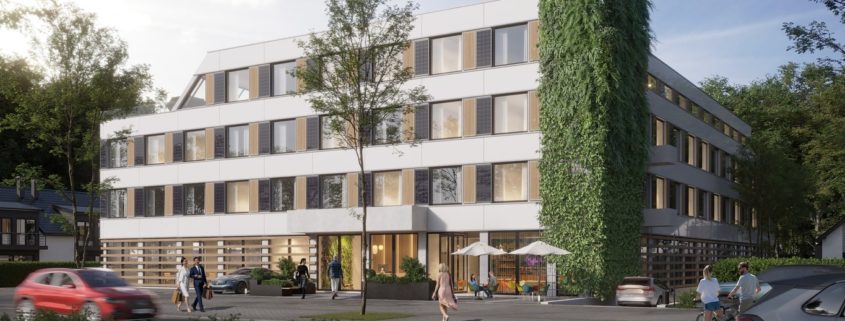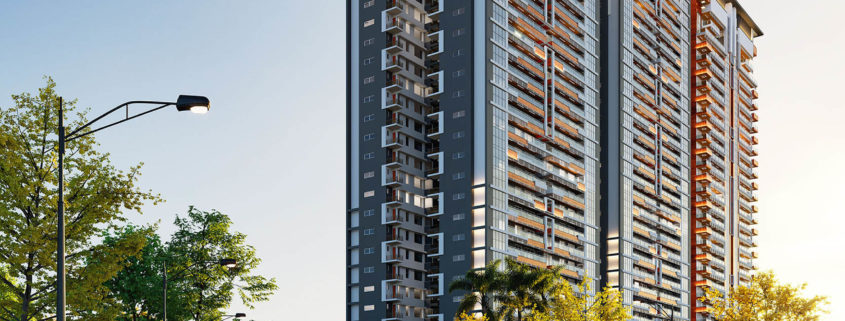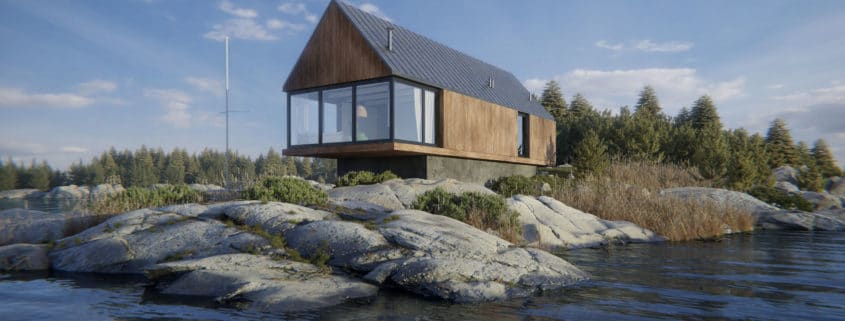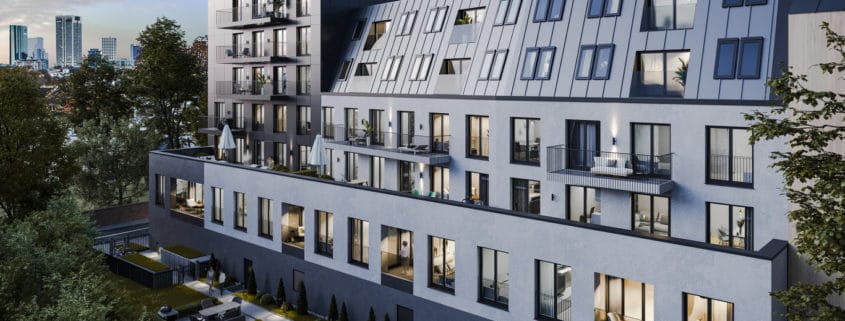The Spin Tower
This is my personal project of a skyscraper somewhere in Asia. The work was influenced by 6 years of living in China. As an architect, I have always loved and admired skyscrapers. And living in Asia has helped me to see many world-famous buildings live.
Six months ago, I thought that it was time to create my own skyscraper. I wanted to do something concise and whole. And that’s what came out of it.












